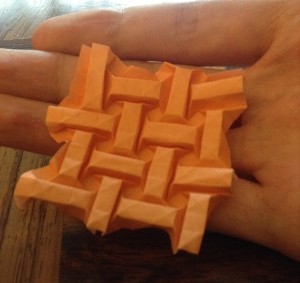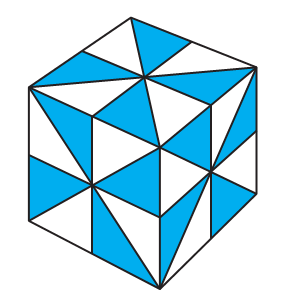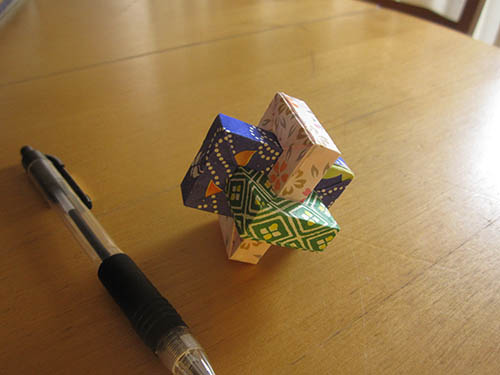The pitch of a note is determined by its frequency, and frequency can vary within a continuous spectrum. And yet, in the western music tradition, we only use frequencies with discrete values. That’s not a bad thing, but it implies a whole world of possibilities not explored. Microtonal music, also known as xenharmonic music, sets out to make use of the unused frequencies.
I recently tried listening to a lot of microtonal music, because I discovered that you can find lots of it through the microtonal tag on Bandcamp. Sure, a lot of it isn’t very good because anyone can put music on Bandcamp, but there were enough gems that I continued to peruse the tag. I’ll share just two examples. First, I selected Brendan Byrnes, because I think his music has the most pop appeal, while also being unapologetically microtonal.





